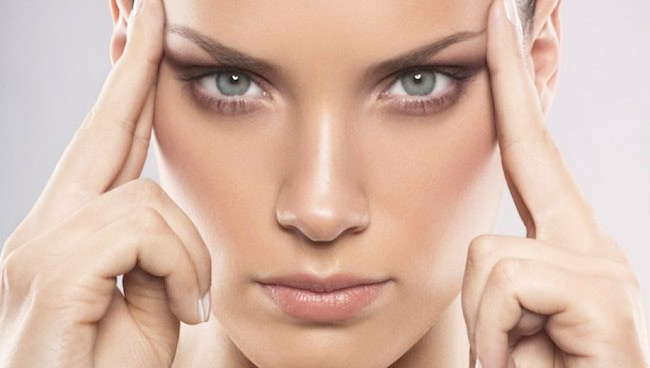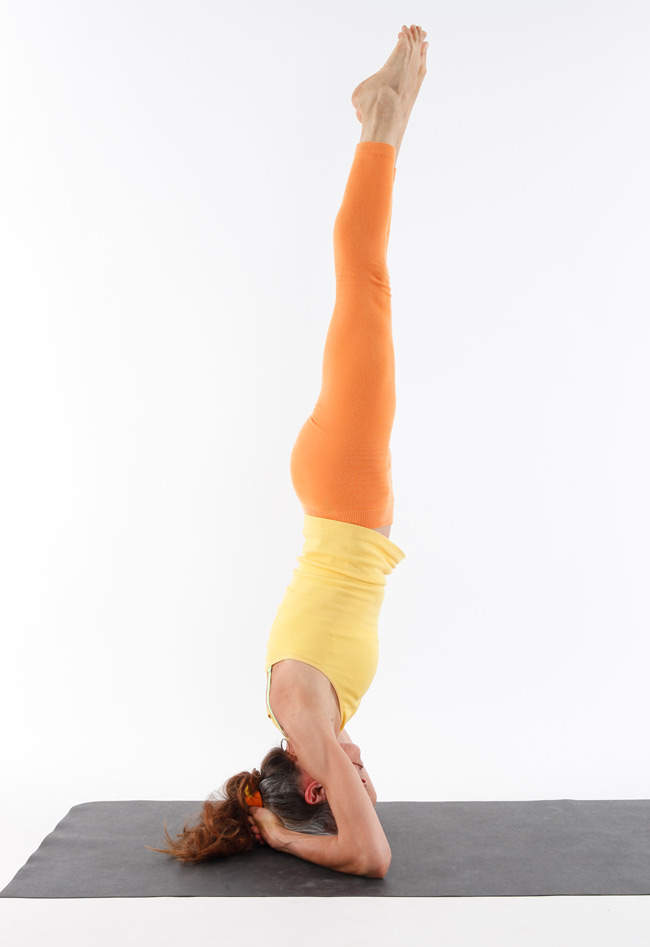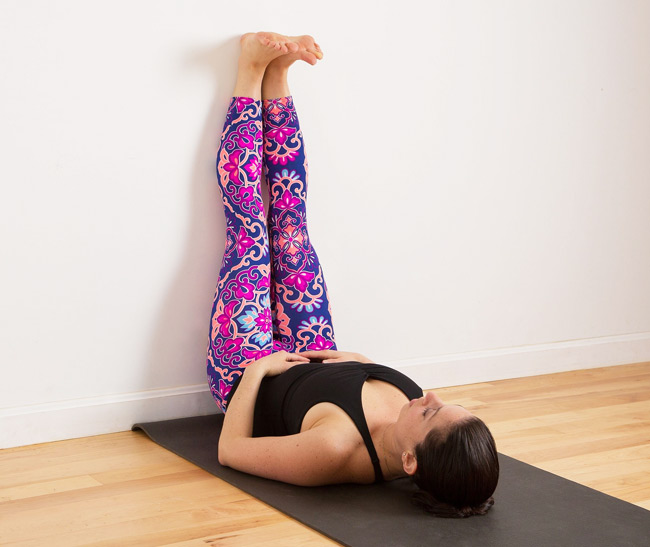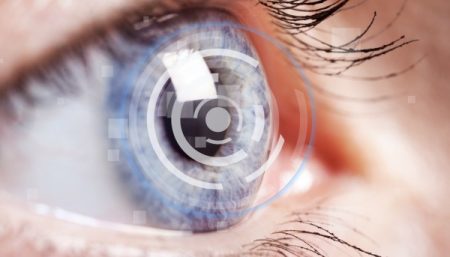
Cataract is described as presence of opacity or cloudiness in the lens of the eye. The lens is the transparent part that focuses light, allowing us to receive images through the retina. Cloudiness in this area, which is caused by protein buildup, impairs vision. The condition normally appears later in life and is typically treated with eye surgery.
To treat cataract naturally, yoga can help as much as any other exercise. Any activity that increases blood flow and the circulation of other fluids around the eyes can improve cataract.
There are even certain eye exercises to aid in the treatment of this condition, adding to the efficacy of practicing yoga. Focusing your eyes on a close object in your hand and moving it back to force your eyes to refocus will strengthen the lenses. An inversion table is another method to increase the blood flow to the head, but a physician should be consulted before using an inversion table in the treatment of cataracts.
Suggested yoga asanas are: Downward dog, supported headstands, and forward bends for helping intreatment of cataract in initial stages.
Downward-Facing Dog Pose
- Start on your hands and knees, with the palms of your hands flat on the floor and a bit ahead of your shoulders.
- Tuck your toes under and press your hands firmly into the floor.
- On an exhalation, lift your buttocks and tailbone toward the ceiling, bringing your body into an upside-down “V”. If you are not as flexible as you might like, keep your knees slightly bent. Otherwise, press your heels into the floor and straighten your legs. Expand your chest and bring your shoulder blades together.
- Relax your head and neck and lengthen your spine. Keep your weight evenly distributed between your feet and your hands.
- Stay there for several breaths, then release back to your hands and knees.

Supported Headstand
- Start on your hands and knees on a padded surface, such as a yoga mat. Rest your forearms on the floor and clasp your hands loosely. Slowly lower your head down to rest on the floor, cradling your head with your hands. The very top of your head should be resting on the floor. You should feel as though the crown of your head is anchored to the floor.
- Start walking your feet toward your head, keeping your knees bent. Start shifting your weight forward, first into your hips and torso, then into your head.
- Raise your right leg, then your left leg, straight up into the air. Actively press your shoulders away from your ears to help support your weight.
- Keep your weight evenly balanced on your forearms and head.
- Stay there for up to 30 seconds, then release the pose, bringing both feet carefully down to the floor at the same time.
Supported Extended Wide-Legged Forward Bend
- Rest a folded blanket or towel on the seat of a chair without arms.
- Stand in front of the chair with your feet about three feet apart. Your toes should be pointing forward. Extend your spine tall and align your head and neck with your spine.
- Inhale and slowly fold forward from your hips, bringing your forearms to rest perpendicular to your body on the seat of the chair. Rest your forehead on your forearms.
- Keep your legs and spine straight and do not arch your back. Tuck your tailbone under. Relax into this pose for as long as you like, then inhale and return to a standing position.

Legs-Up-The-Wall Pose
- Place a bolster or a folded blanket horizontal to and about inches away from a wall.
- Sit sideways on the bolster or blanket, keeping your right side next to the wall.
- On an exhalation, simultaneously swing your legs up to rest on the wall while you lie back on the floor. Keep your knees bent at first. Scoot your buttocks as close to the wall as possible. Adjust the bolster if necessary, so it supports your buttocks and lower back. Slowly straighten your legs, keeping your knees slightly bent if necessary.
- Relax your arms above your head, with the backs of your hands resting on the floor. If you prefer, keep your arms by your sides.
- Stay in this pose for five minutes.
Yoga cannot completely restore vision, however. Surgery is the only proven effective cure for cataracts. Corrective eyewear, anti-glare sunglasses, and preventative care decrease the chance of getting cataracts and can also keep the condition from getting worse.
Disclaimer
The Content is not intended to be a substitute for professional medical advice, diagnosis, or treatment. Always seek the advice of your physician or other qualified health provider with any questions you may have regarding a medical condition.

